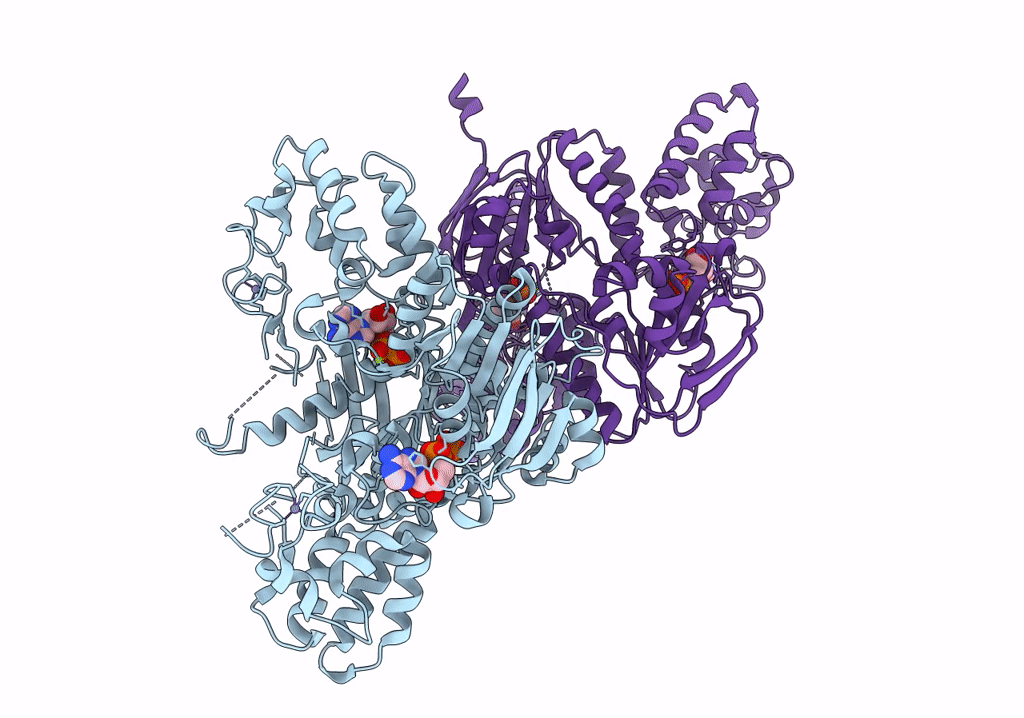
Deposition Date
2021-10-07
Release Date
2022-10-26
Last Version Date
2023-10-25
Entry Detail
Biological Source:
Source Organism:
Streptomyces lasalocidi (Taxon ID: 324833)
Host Organism:
Method Details:
Experimental Method:
Resolution:
2.04 Å
R-Value Free:
0.23
R-Value Work:
0.19
R-Value Observed:
0.19
Space Group:
P 31 2 1


